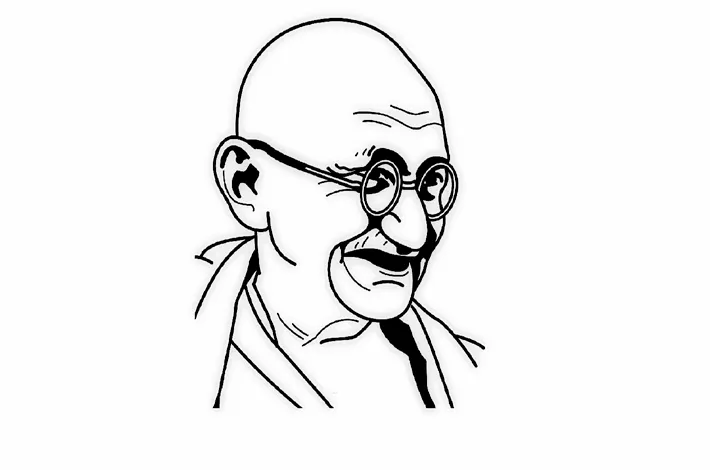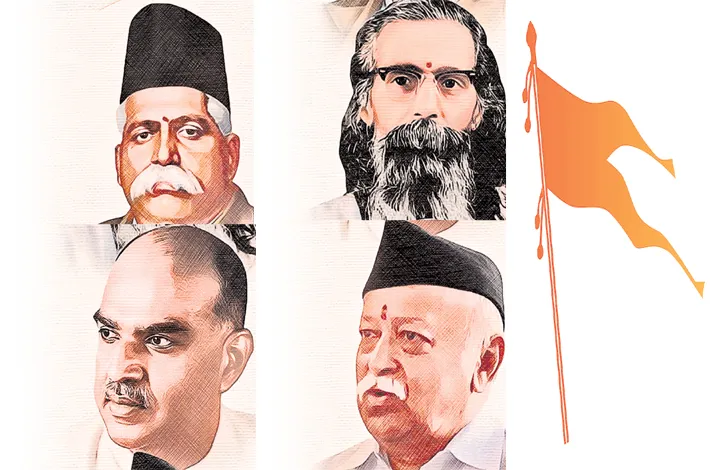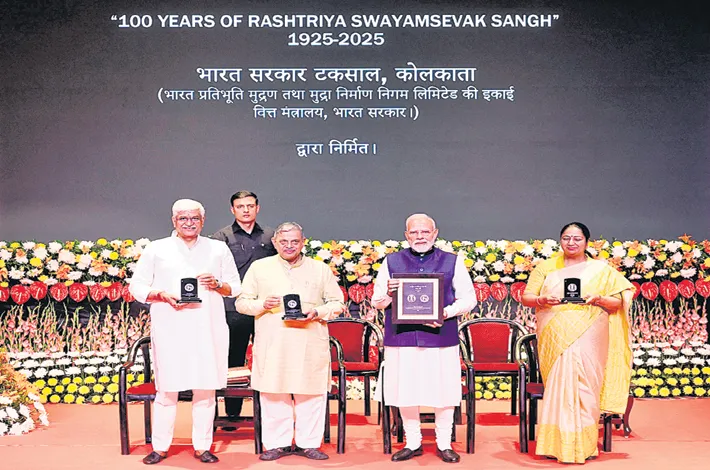In a world torn of hate, Gandhiji’s message stands tall
02-10-2025 12:00:00 AM

Mahatma Gandhi shaped Satyagraha as a potent political weapon to achieve Indian independence through non-violence. Rejecting violence as a means to political ends, he offered an alternative model that remains relevant today—a New World Order based on peace and dialogue rather than force.
Through Satyagraha, Gandhi led India’s unique non-violent freedom struggle against British colonial rule, proving that profound political change can be achieved without bloodshed. Drawing from Hinduism, Christianity, Islam, Greek philosophy, and India’s civilizational ethos, he forged a method rooted in truth, non-violence, and civil resistance.
Gandhiji cited five historical figures as inspirations for Satyagraha: Bhakta Prahlad, who defied tyranny for faith; Jesus Christ, who chose crucifixion; Imam Hasan and Imam Hussein, who accepted martyrdom in Karbala; Socrates, who embraced death over compromise; and Meera, who stood by her beliefs despite social ostracism.
He emphasized love over hatred, seeing Hindu-Muslim unity as the cornerstone of Indian nationhood. Gandhi’s support for the Khilafat Movement mobilized Muslim masses into the freedom struggle and transformed the Congress from a party of petitions to a mass movement. Though the Caliphate was later abolished, the unity he inspired largely endured—until divisive ideologies took root.
Gandhi’s Satyagraha began in Champaran (1917) and Kheda (1918) with peasant struggles, followed by the Non-Cooperation Movement (1920), Civil Disobedience (1930), and finally the Quit India Movement (1942), leading to India’s independence in 1947. Yet, when violence broke out at Chauri Chaura in 1922, Gandhi suspended the movement, declaring India wasn’t ready for freedom through violence.
His fight was never against Christians or British people, but against British imperialism. Post-independence, India chose to remain in the Commonwealth, affirming its commitment to peaceful international relations. In 2007, Sonia Gandhi organized the Centenary of Satyagraha in Delhi, attended by leaders like Desmond Tutu and Kenneth Kaunda, with a message from Nelson Mandela. She also pushed for a UN resolution—adopted by 142 nations—declaring October 2nd as the International Day of Non-Violence.
Gandhiji clarified that his idea of Satyagraha was not derived from Thoreau’s Civil Disobedience, though the phrase was later used to explain his method to English audiences. Satyagraha, he said, went beyond passive resistance.
Globally, Gandhi inspired figures like Mandela, Martin Luther King Jr., and Lech Walesa. Albert Einstein once remarked, “Generations to come will scarce believe that such a one as this ever in flesh and blood walked upon this Earth.”
In a world torn by hate and violence, Gandhi’s message of non-violence, unity, and civil courage remains a timeless guide.
(Venkat Parsa is
a senior journalist
based out of New Delhi)








